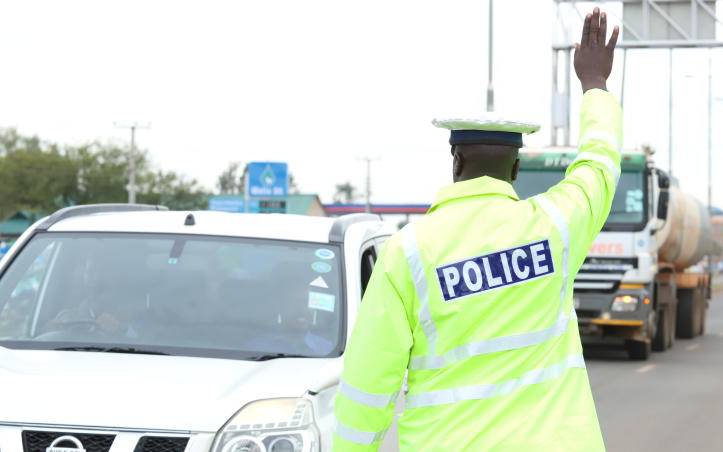×
The Standard e-Paper
Truth Without Fear

Traffic police attached to Kisumu Central Police Station stops an oncoming vehicle during a crackdown along Nairobi Road on January 28, 2020. [Denish Ochieng, Standard]
Social media activist and blogger Mildred ‘Atty’ Owiso was Saturday arrested after police raided her home over alleged traffic offence along Jogoo Road, Nairobi.